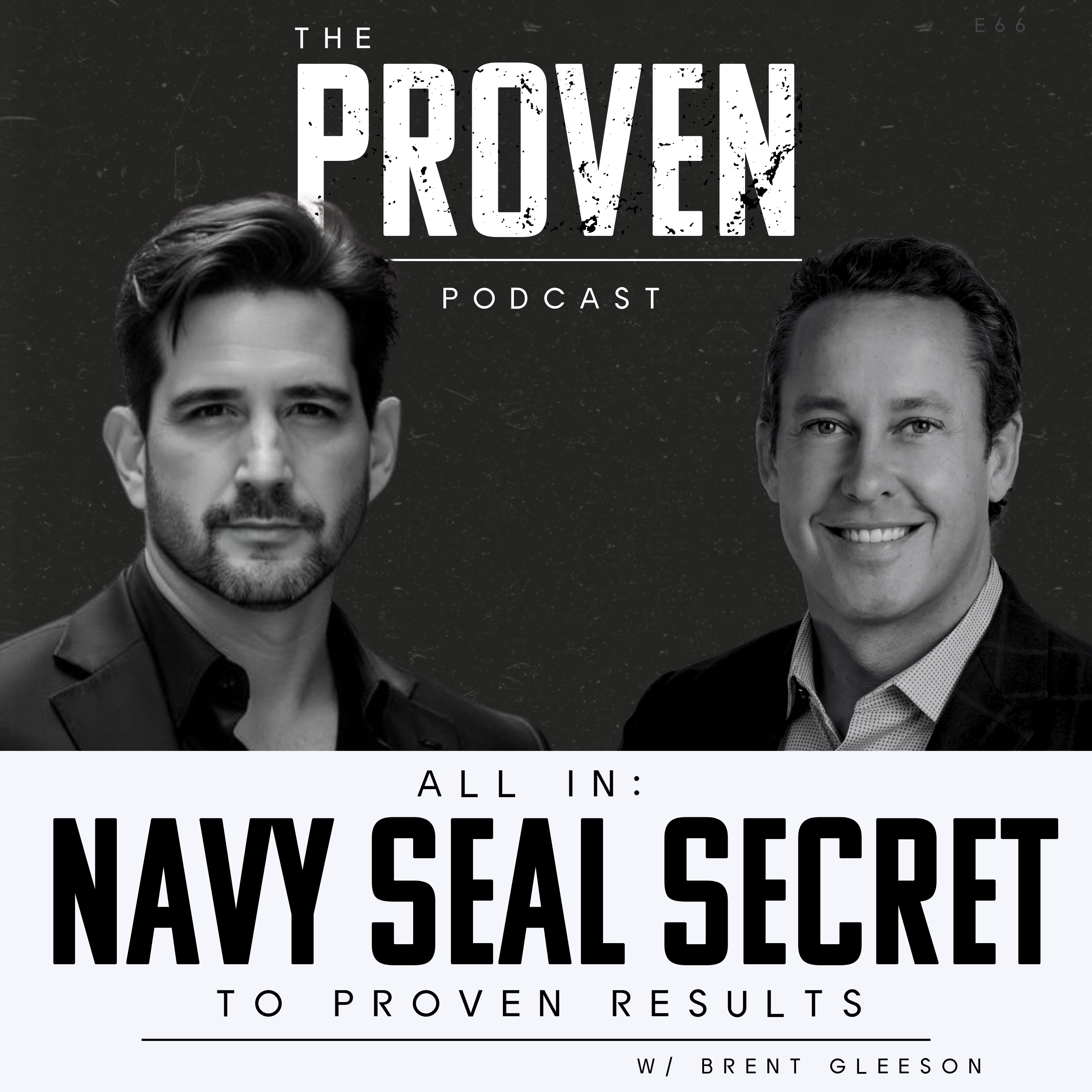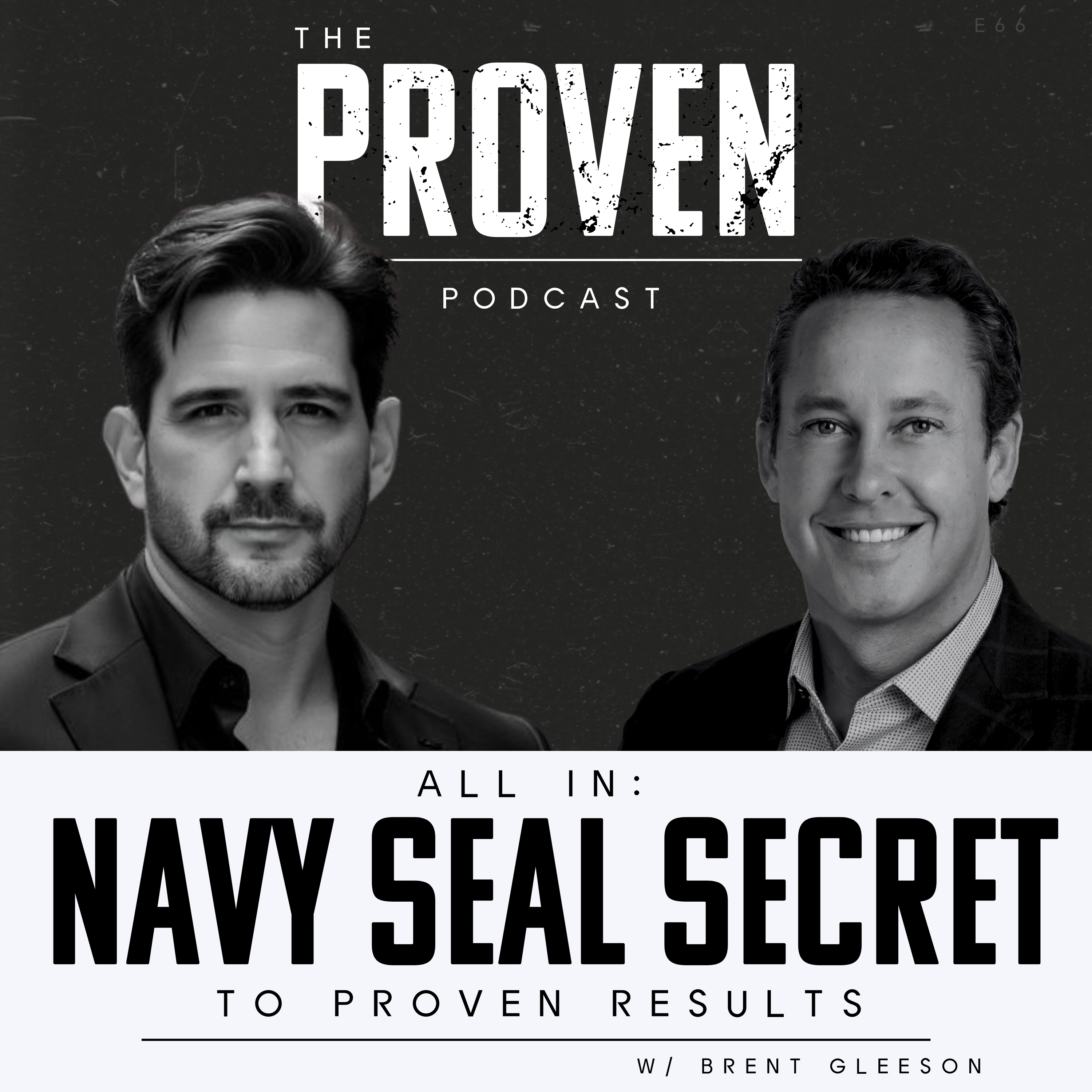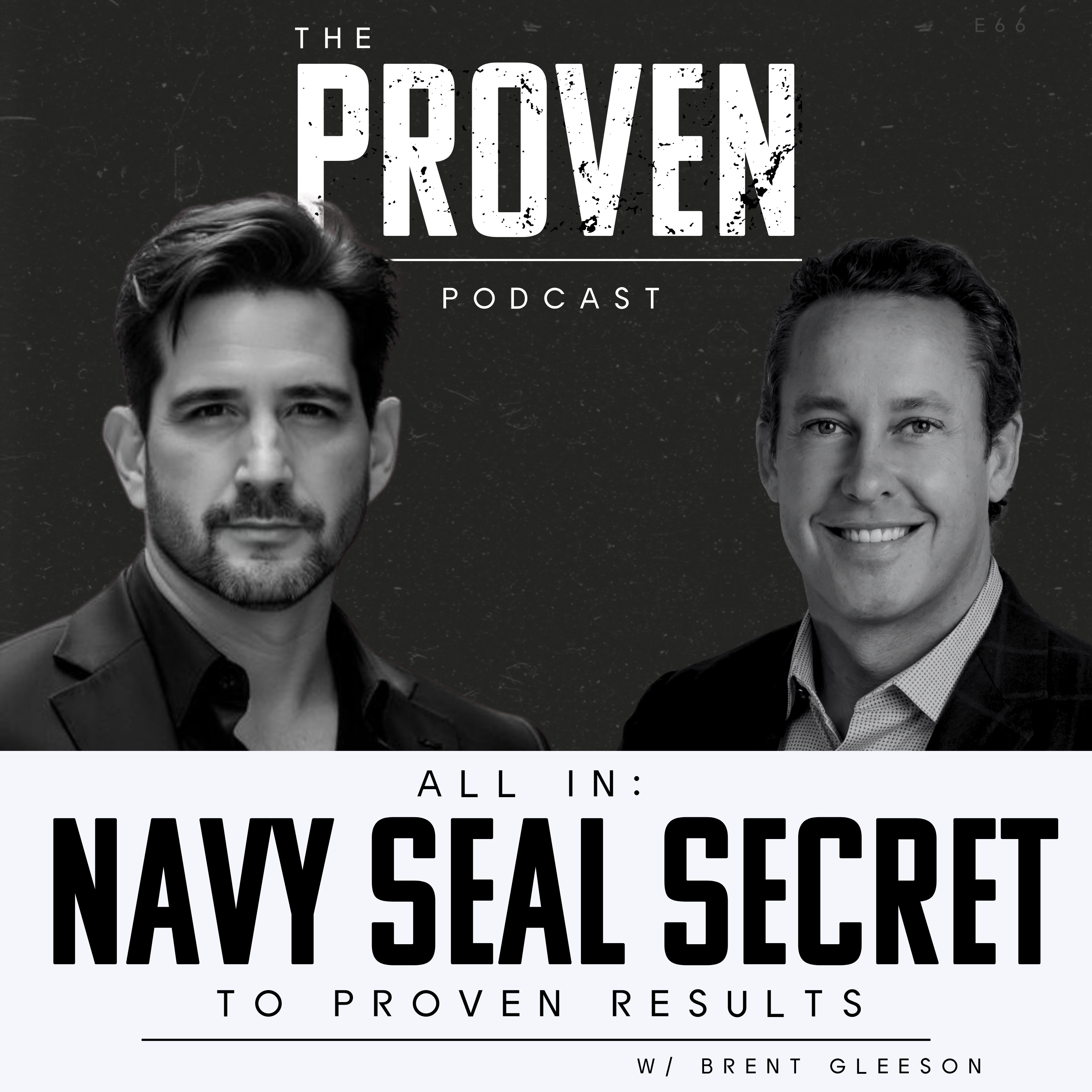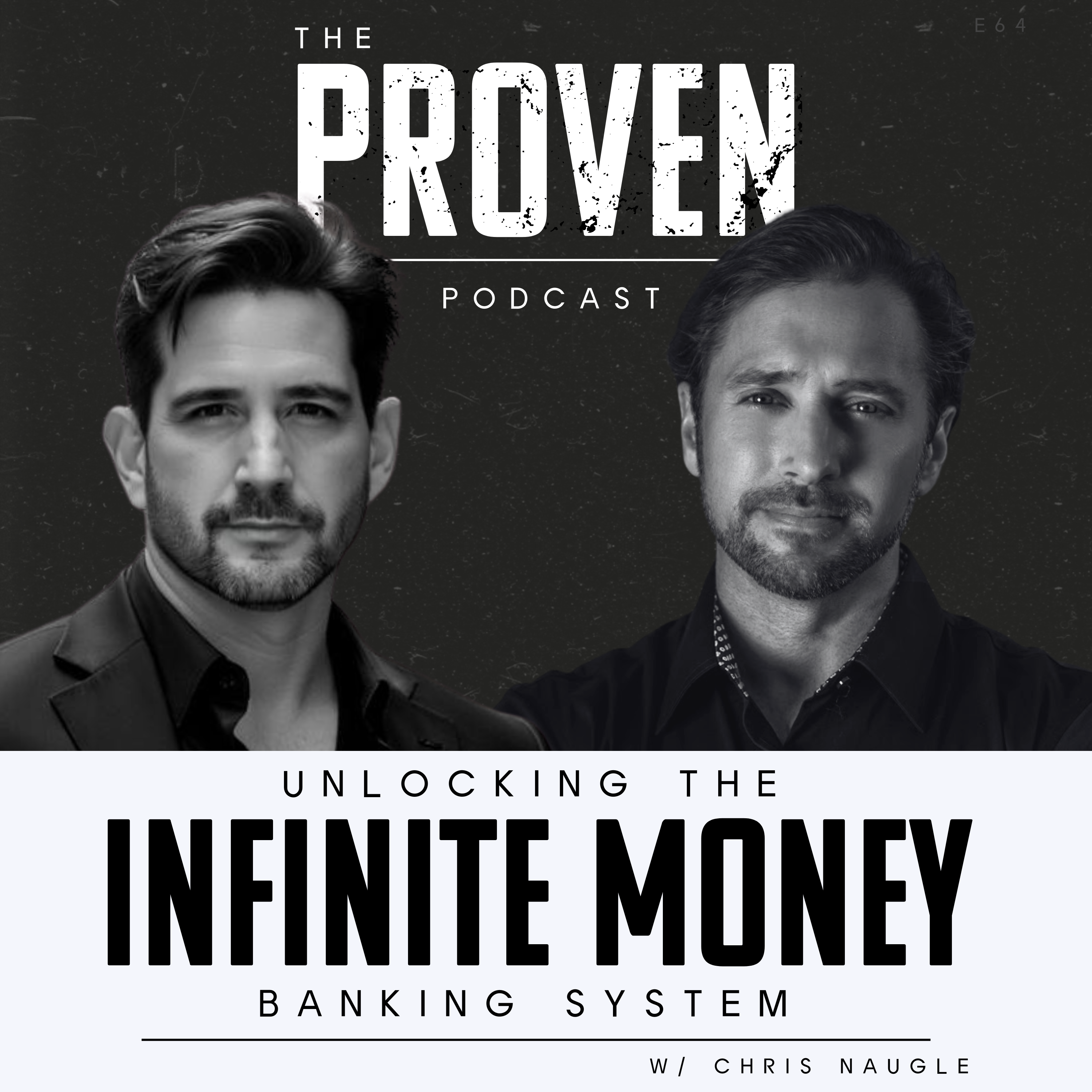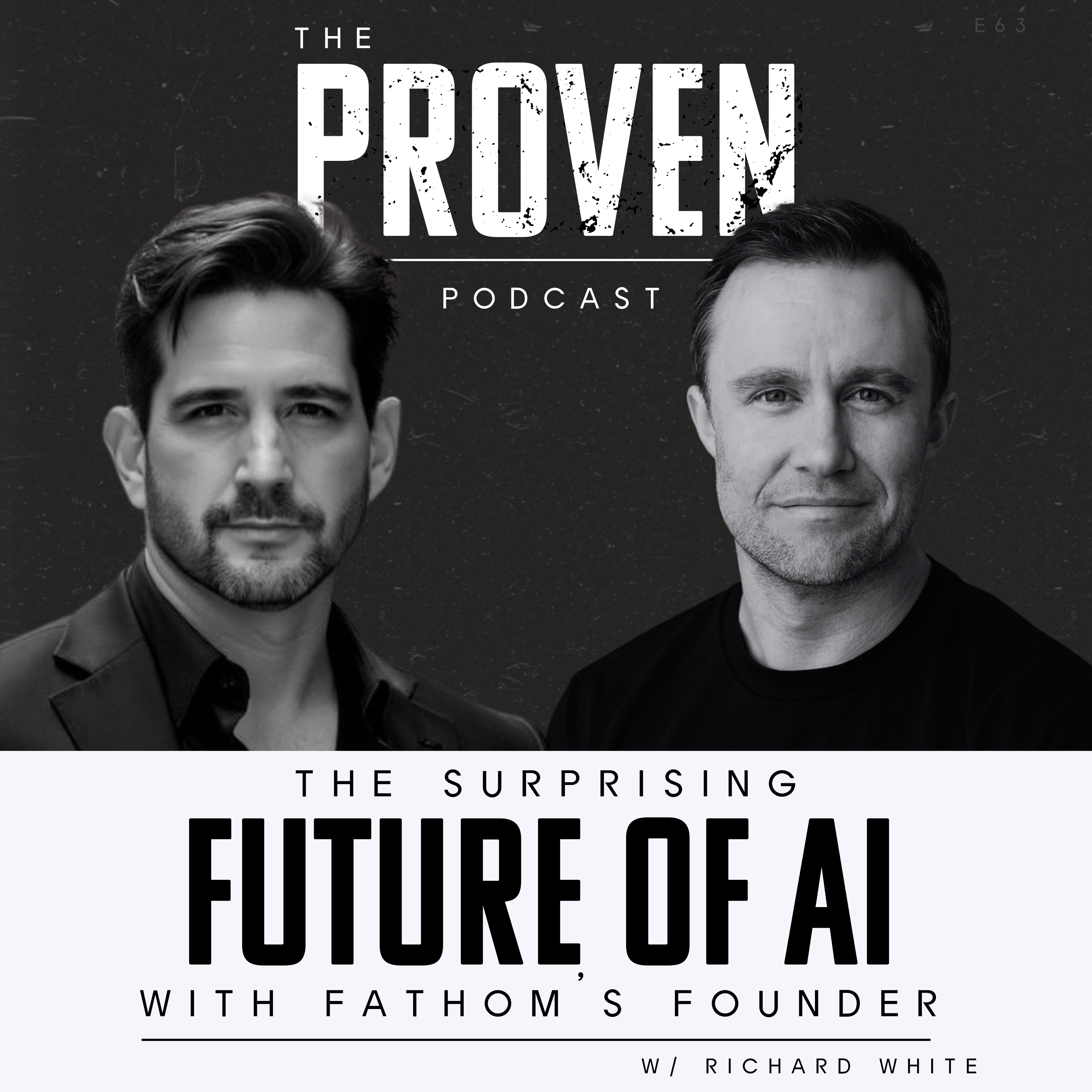Culture That Fuels Revenue
Chris Dyer joins this episode to share his transformative journey from a self-proclaimed “crap boss” to a renowned expert in building exceptional company cultures. With decades of experience leading teams and consulting for top organizations, Chris offers invaluable insights for leaders looking to create workplaces where employees thrive.
Through candid stories and research-backed strategies, Chris reveals the pitfalls that leaders often face when trying to improve culture and provides actionable solutions to foster collaboration, innovation, and engagement. He explains why culture isn’t just about slogans or perks but about intentional leadership and aligning organizational values with daily actions.
Chris breaks down his Seven Pillars of Culture framework, detailing how transparency, recognition, and positive leadership can turn any workplace into a powerhouse of productivity and growth. His no-nonsense approach demystifies the process of cultural transformation, empowering leaders to address challenges and drive lasting change.
Whether you’re a leader looking to turn around your company’s culture or an entrepreneur aiming to build a thriving organization from the ground up, this episode is packed with actionable takeaways. Chris’s practical wisdom and relatable delivery will inspire you to rethink your approach to leadership and culture.
Key Takeaways:
* The Seven Pillars of Culture and how to implement them effectively.
* Why transparency is a game-changer for engagement and performance.
* How to cultivate buy-in from employees at every level.
* Real-world examples of turning culture into a competitive advantage.
Head over to podcast.iamcharlesschwartz.com to download your exclusive companion guide, designed to guide you step-by-step in implementing the strategies revealed in this episode.
KEY POINTS:
2:01 - Common Culture Mistakes: Chris explains the most frequent culture-related errors leaders make, including assuming culture is strong without evidence and neglecting to align actions with values.
4:14 - Employee Buy-In: Chris discusses the critical role of involving employees in shaping culture, highlighting strategies to engage them in defining shared values and goals.
9:54 - Weekly Employee Surveys: Chris introduces the concept of replacing outdated annual surveys with weekly one-question check-ins to gain real-time insights and foster a culture of continuous feedback.
14:39 - Seven Pillar Framework: Chris breaks down his Seven Pillars of Culture framework, detailing how transparency, recognition, and positivity can transform organizational culture into a competitive advantage.
17:03 - The Power of Recognition: Chris emphasizes the profound psychological impact of recognition in the workplace, showcasing how celebrating achievements boosts morale and engagement.
19:57 - Sharing Financials with Teams: Chris outlines how radical transparency in sharing financial performance with employees can reduce anxiety, foster trust, and encourage collaborative problem-solving.
22:14 - Creating a Positive Environment: Chris explains why positivity is essential for innovation and productivity, debunking myths about “toxic positivity” and showing how supportive workplaces drive success.
Press play and read along
Transcript
Transcript is processing—check back soon.

